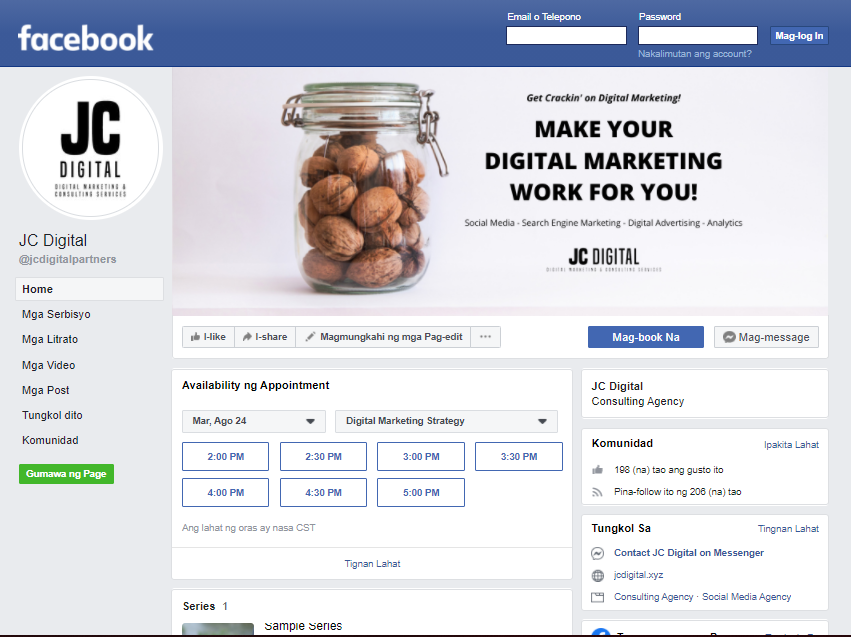Insights from the article:
- Diagnose your current social media performance, and look into your competitors, through a social media audit;
- There are different metrics for looking into your performance and your competitors’, and understanding these metrics is key for a more sensible diagnosis;
Doing a social media audit is a crucial step in developing your digital marketing strategy. Consider this: if you’re trying to develop a plan that’s intended to beat your competition for branding and overall marketing performance, but if you’re not looking into what you’re doing against your competitors, then you won’t know what you’ll be competing with.
A social media audit is a diagnostic process that looks into your social media properties, considers different metrics to measure your performance, and creates actionable steps on what needs to be improved. Likewise, an audit includes looking into your competitors as well, seeing into what they’re doing well and benchmarking your performance against yours.
If you’re catching up on some tips and overall guides on how to come up with your own digital marketing strategy, here are some pointers from my previous blog articles:
- Quick Points on Building Your Digital Marketing Strategy for Your Small Business
- Choosing Your Digital Marketing Platform for Your Business
What are the metrics we use to do a social media audit?
There are a lot of metrics you might want to consider when analyzing and benchmarking your performance. But, all of us have to start somewhere, and if you haven’t figured out how to leverage social media metrics, I wrote a guide on social media analytics for your small business.

Look at the number of followers. Yes, some marketers consider followers a vanity metric, but if you’re looking into the organic performance of a page’s content, you will need to consider the number of followers a page has. According to Hootsuite, the average organic reach, or the number of people that can see your page’s post in his/her timeline without having to sponsor said post, a page can enjoy is around 5.2% at the end of 2020. Meanwhile, average organic engagement rates for Facebook pages is at 0.25%, and even drops to a lower rate when your page has more than 100k followers.
Looking at yours (and your competitors’) follower count can give you a glimpse of how many people they’re able to reach with their posts organically, and how many of these people engage with the content.
Look at engagements. You have two main ways on doing this – manually counting all likes, reactions, shares, and comments for all posts. Or, you can use a social media analytics tool where you search the page and it displays to you the statistics of the page. Some tools like FanpageKarma even lets you look at the top performing content for the past 28 days and shows you statistics that may be difficult to acquire manually.
Or, if you have access to your page, you might want to access the Insights section of your page. Social media platforms would always have some form of an insights page available to page owners.
Look at content themes and topics. You can go even further and analyze what you and your competitors are talking about, and see how your engagements are ranking up against each other for similar topics. Furthermore, you can also look into topics that they’re talking about and you don’t, and see how you can leverage these topics for your own page.
Let’s Make Your Digital Marketing Easier
This is just a short guide on how you can start performing social media audits yourself. As a small business, you might not have a lot of time on your hands on doing these social media audits as you also need to take care of other operational things, but at least you can already get your feet wet in understanding how these metrics work and how you are ranking up against your competitors.


1 comment